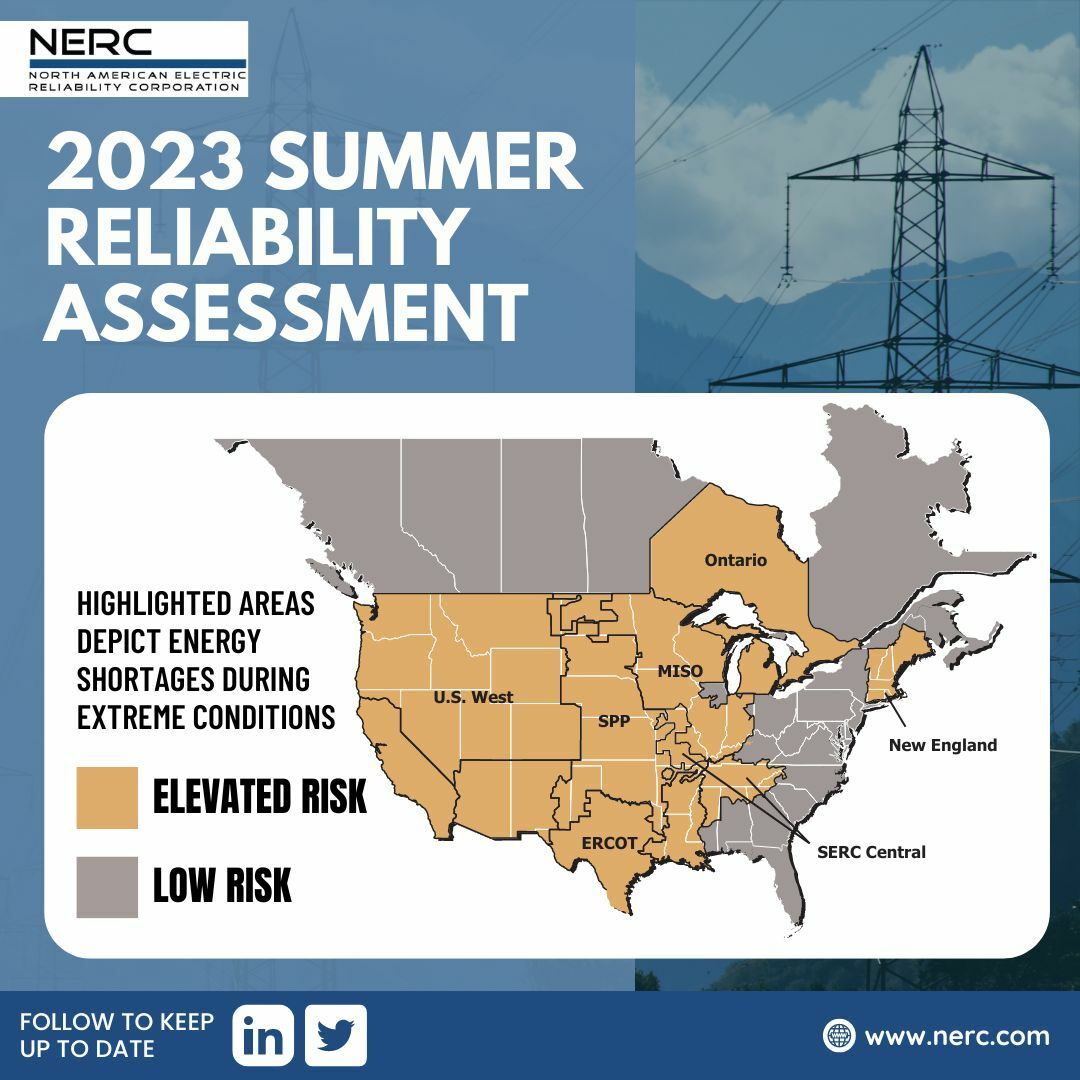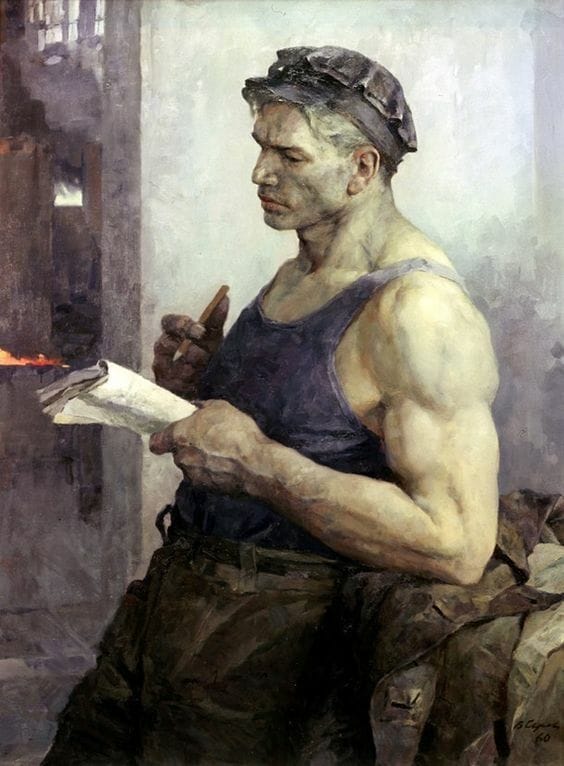Powered by
Welcome to Grid Brief! Here’s what we’re looking at today: Tennessee’s Gov. Bill Lee wants to make his state a home for nuclear innovation, NERC warns of potential summer blackouts due to extreme heat, SunZia finally gets the permitting it needs, and more.
Gov. Lee Wants Nuclear Tennessee
Tennessee’s Governor Bill Lee wants to make his state a nuclear hotbed for fission.
“Amid the planned expansion of nuclear energy innovation in Tennessee, Gov. Bill Lee on May 16 signed an executive order establishing a state nuclear advisory council,” reports the Knoxville News. ‘During an appearance at Zeanah Engineering Complex at the University of Tennessee at Knoxville, Lee said a new 15-member Tennessee Nuclear Energy Advisory Council would include members of his administration, the Tennessee General Assembly, the state's congressional delegation and key nuclear industry stakeholders.”
Lee will name members for the council over the next few months.
The council’s objective is to promote the expansion of nuclear energy in Tennessee by addressing regulatory, workforce, and education barriers. This involves identifying legislative, policy, and budgetary changes that could facilitate the process. The council will also seek to provide funding opportunities for the state government, local governments, and the private sector to support the development of nuclear energy projects. Lastly, it will examine storage and waste practices to ensure safe and efficient operations. It will also collaborate and partner with federal agencies.
"Yes, we have to have a resilient grid. Yes, we want to be investing in future technology for energy security in this country. But we also at the end of the day are creating jobs and economic opportunity," Lee said. "Tennesseans will have access to opportunity they didn't have before. That is good for East Tennessee. It's good for Tennessee. It's good for the country."
NERC: Most of US at Risk of Shortfalls
The North American Electric Reliability Corp., the non-profit tasked with overseeing system reliability, warns that most of the US faces potential blackouts in the event of extreme summer heat this year.

While most regions have enough resources to make it through normal summer weather, “if summer temperatures spike and become more widespread, the U.S. West, Midwest, Texas and Southeast United States, New England and Ontario may experience resource shortfalls,” NERC says.
”We are facing an absolute step-change,” NERC’s Director of Reliability Assessment and Performance Analysis John Moura said. For the last five years, NERC has seen a “steady deterioration in the risk profile of the grid.”
The main problem? Retirements of baseload capacity, echoing recent Senate testimony from Federal Energy Regulation Commission members.
“The system is close to its edge ... managing the pace of retirements is critical,” Moura said.
Earlier this week, NERC also released an alert about this coming winter: “[T]he bulk power system (BPS) cannot operate reliably unless generators and System Operators are prepared for cold weather,” NERC warns. “When cold weather events such as Winter Storm Uri occur, System Operators may need to shed firm customer load to prevent uncontrolled load shedding and cascading outages which may not only result in major disruption but also have very real human consequences.“
The warning was NERC’s first ever Level 3 Essential Actions alert.
Share Grid Brief
We rely on word of mouth to grow. If you're enjoying this, don't forget to forward Grid Brief to your friends and ask them to subscribe!
SunZia’s Day in the Sun
The US fast-tracked an energy project that would connect wind energy from New Mexico to Arizona and California. After seventeen years, it has finally received a vital permit to begin construction.
“The Interior Department’s Bureau of Land Management gave the green light on Thursday for a high-voltage power line. The permit allows the developer Pattern Energy to build the country’s largest wind energy project across three counties in rural New Mexico and deliver that electricity to large markets in Arizona and California,” reports the Wall Street Journal. “Developers first applied for federal approval in 2008; environmental reviews started in 2009. In 2011, the project was ‘fast-tracked’ by the Obama administration.”
Many see the project as an emblematic case for permitting reform, something which Sen. Joe Manchin has been pushing hard for. According to a 2020 report from the White House, the average environmental review time for new transmission projects is 4.5 years.
The SunZia project also showcases the difficulties that come with building and sourcing power from renewable energy. It also highlights the conflict between the climate-oriented wing of the environmental movement and the conservationist wing.
The transmission line will stretch 550 miles and carry 3.5 GW of wind power. The project is expected to come online in 2026. Its first customers are the University of California and Shell.
A message from Bright Cellars

The Wine Club for Real People
Bright Cellars believes that anyone can be a wine person. Learn what you like with our simple and fun wine taste quiz, and experience the joy of wine delivered to your door. No commitment. No fine print. Just wine your way.
Conversation Starters
Net zero by 2050? Get real, says Exxon. “Exxon Mobil Corp. said the prospect of the world reaching net zero carbon dioxide emissions by 2050 is ‘highly unlikely’ due to the drop in living standards that would come with such a scenario,” reports Bloomberg. “The Texas oil giant made the comments in a regulatory filing that argued against proxy adviser Glass Lewis’ view that the cost of phasing out oil and gas operations would be a material financial risk. The International Energy Agency’s Net Zero Emissions scenario, which models a phaseout of most fossil fuels by 2050, has little bearing in reality, Exxon said.“
Gazprom is ready for winter. “Russian energy giant Gazprom plans to boost natural gas reserves in domestic storage to a record-high next winter, it said on Thursday, as its output and exports fall,” reports Reuters. “It said operational reserves of gas in domestic underground storage facilities are expected to reach 72.842 billion cubic metres, with the daily maximum capacity seen at 858.8 million cubic metres.“
Line 5 meets resistance in Michigan. “Michigan Attorney General Dana Nessel has joined a Wisconsin Native American tribe in seeking a court injunction to shut down Enbridge’s Line 5 pipeline due to an increased risk of erosion and rupture,” reports Oilprice.com. “The Bad River Band of Lake Superior Chippewa last week filed an emergency motion with a federal court in Wisconsin requesting that Line 5 be closed, due to erosion of the Bad River riverbank in the past month, which threatens to lead to a rupture of the pipeline.”
Crom’s Blessing

Interested in sponsoring Grid Brief?
Email [email protected] for our media kit to learn more about sponsorship opportunities.